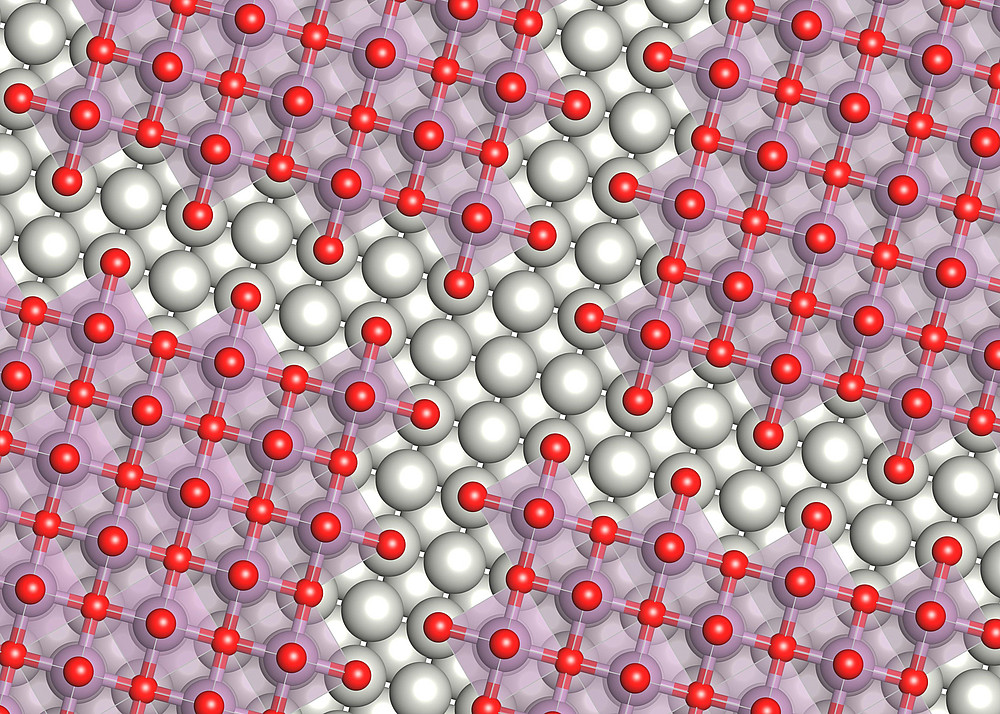Ultrathin (2D) Oxide Films
New nanoscale inorganic materials
Ultrathin oxide films with a thickness of one to a few atomic layers (typically less than 1 nm) constitute a new class of materials, the so-called two-dimensional (2D) oxides, which exhibit outstanding structural and electronic properties, reflecting quantum confinement and interface effects at the nanoscale. Over more than two decades, we have investigated a broad variety of crystalline 2D oxides supported on single crystal metal surfaces, which feature complex but fascinating structures and rich phase diagrams, and display different chemical reactivity and doping behavior with respect to their bulk counterparts. The scope of materials studied involved binary and ternary oxide systems, and the oxide film geometry varied between clusters, nanowires, and atomically flat nanolayers. Novel structural concepts have been encountered in 2D oxides, which are traced back to spatial confinement, interfacial bonding to the metal substrate, charge transfer and polarity compensation effects.

Our current research is focused on elucidating the structural properties and redox behavior at the 2D limit of tungsten and molybdenum oxides, which are key materials with various applications in chemical catalysis, electrochromic devices, photoelectrochemical water splitting, and chemical sensors.
- F. P. Netzer and S. Surnev, Structure concepts in two-dimensional oxide materials, in Oxide Materials at the Two-dimensional Limit, Springer Series in Materials Science, vol. 234 (2016).
- F. P. Netzer and C. Noguera, Oxide Thin Films and Nanostructures, Oxford University Press (2021).
- S. Surnev and F. P. Netzer, Tungsten and molybdenum oxide nanostructures: two-dimensional layers and nanostructures, J. Phys.: Condens. Matter. 34 (2022) 233001.